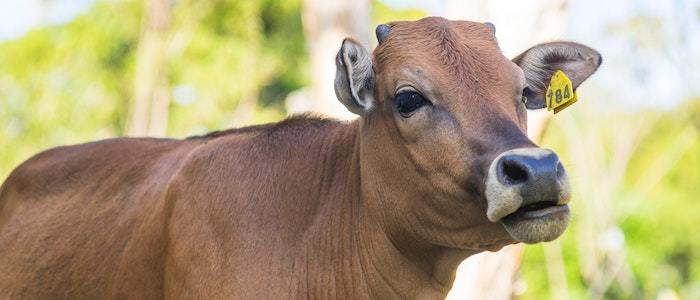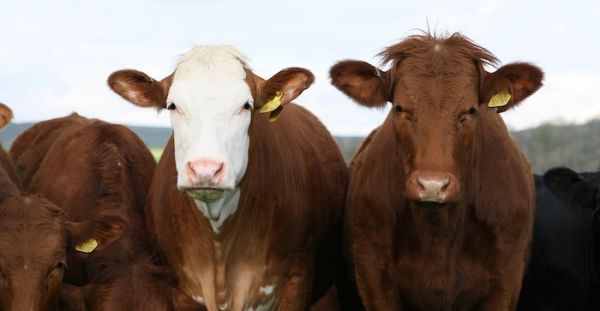|

It is important to understand the normal calving process to know when to intervene. The normal calving process is divided into 3 stages of labour, as follows ...
Stage 1 - This is where the soft tissues of the birth canal dilate in preparation for calving.
Stage 2 - In this stage, the cow will lie down with active contractions until the calf is delivered. Average of 70 minutes in a normal calving with progress seen every 15 – 20 minutes.
Stage 3 - this is the expulsion of the placenta and should be complete within 24 hours of calving.
Signs of trouble calving and when to intervene
+ Slow progress of expelling the calf in stage 2 i.e. no further progress after 20 minutes
+ If 2 hours of labour has passed without complete delivery
+ Presence of the water bag or feet without any further progress of calving
+ Where it can be seen that the calf is not in the correct position. Examples of this include if only one leg can be seen outside the vulva
+ If you can see yellow fluid coming out (meconium)
Tips for assisting a cow that is having trouble calving
+ Always clean the vulva and perineum before having a feeling inside
+ Use plenty of lube
+ Do not try to pull it out unless you are sure it is in the correct position!
+ When using mechanical calf pullers, force should never be excessive - the calf will come with steady traction providing it is not too big and in the correct position
When is it time to call the vet?
+ If you have tried for 30 minutes and the calf is not out
+ If you can feel that the calf is not in the correct position and you are unable to correct it
+ If the calf is not progressing out despite using steady pulling/ traction with the calf in the correct position - likely indicates too big to come out without veterinary intervention
|
